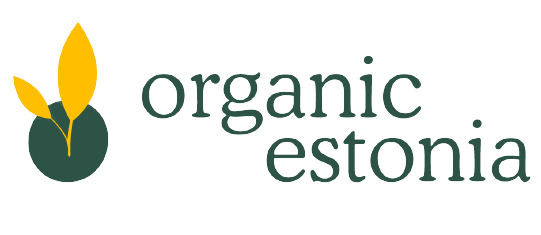An organic product bears the Estonian terms “ökoloogiline” (often used in the form of the prefix “öko-”) and “mahe”, which are both legally acceptable terms in Estonian for “organic”.
EU organic logo
Organic products are labelled with the EU organic logo, which is compulsory on pre-packaged products.
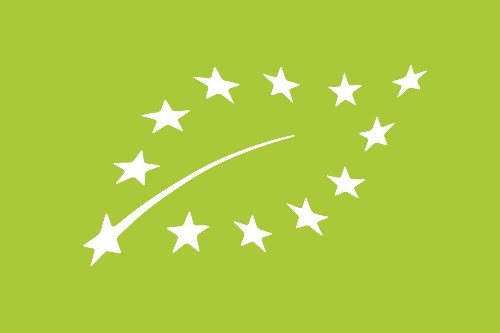
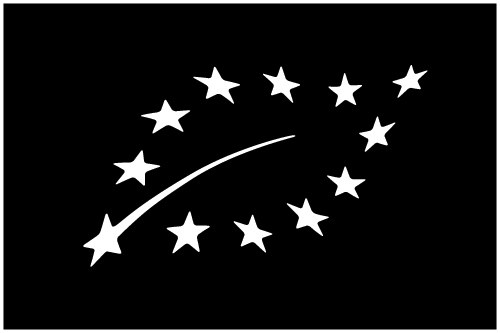
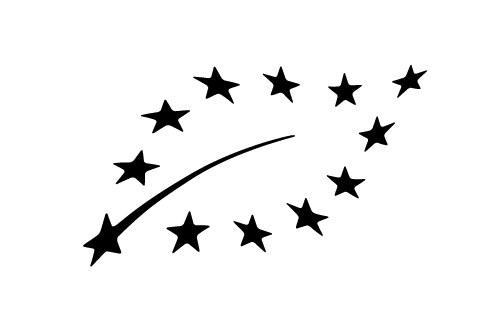
Figure: The EU organic label. The use of the EU organic label is compulsory on packaged products.
Estonian organic logo
In addition the Estonian organic logo can be used.



Figure: Different versions of the Estonian national organic label; each can be used in a black and white form
As catering is regulated with national rules, the usage of the EU logo is not allowed in this case. Only the Estonian organic logo can be used.
Labelled products must originate from organic land or organic animals. In processed products, at least 95% by weight of the ingredients of agricultural origin must be organic and only those non-organic ingredients are used that are listed in the regulation (EC) no 889/2008 annex IX.
Products containing organic ingredients
For processed products where less than 95% of ingredients are from organic farming, it is not allowed to use the organic logo or make reference to organic farming in the sales description, but only in the list of ingredients. EU and Estonian organic logos cannot be used.
In-conversion products of plant origin
In-conversion products of plant origin may bear the indication ‘product under conversion to organic farming’ provided that a conversion period of at least 12 months before the harvest has been complied with and the product contains only one crop ingredient of agricultural origin. EU and Estonian organic logos cannot be used.
Products that bear any reference to organic farming always include the code of the inspection authority/body:
- Agricultural Board: EE-ÖKO-01
- Veterinary and Food Board: EE-ÖKO-02
An organic product bears the Estonian terms “ökoloogiline” (often used in the form of the prefix “öko-”) and “mahe”, which are both legally acceptable terms in Estonian for “organic”.
EU organic logo
Organic products are labelled with the EU organic logo, which is compulsory on pre-packaged products.
Figure: The EU organic label. The use of the EU organic label is compulsory on packaged products.
Estonian organic logo
In addition the Estonian organic logo can be used.
Products containing organic ingredients
Figure: Different versions of the Estonian national organic label; each can be used in a black and white form
As catering is regulated with national rules, the usage of the EU logo is not allowed in this case. Only the Estonian organic logo can be used.
Labelling must include indication of the place where the agricultural raw materials of the product were farmed: ‘Estonian Agriculture’, ‘EU Agriculture’, ‘non-EU Agriculture’, ‘EU/ non-EU Agriculture’.
Labelled products must originate from organic land or organic animals. In processed products, at least 95% by weight of the ingredients of agricultural origin must be organic and only those non-organic ingredients are used that are listed in the regulation (EC) no 889/2008 annex IX.
For processed products where less than 95% of ingredients are from organic farming, it is not allowed to use the organic logo or make reference to organic farming in the sales description, but only in the list of ingredients. EU and Estonian organic logos cannot be used.
In-conversion products of plant origin
In-conversion products of plant origin may bear the indication ‘product under conversion to organic farming’ provided that a conversion period of at least 12 months before the harvest has been complied with and the product contains only one crop ingredient of agricultural origin. EU and Estonian organic logos cannot be used.
Products that bear any reference to organic farming always include the code of the inspection authority/body:
- Agricultural Board: EE-ÖKO-01
- Veterinary and Food Board: EE-ÖKO-02
